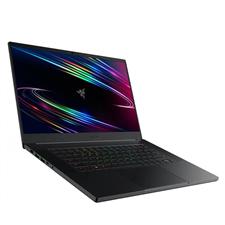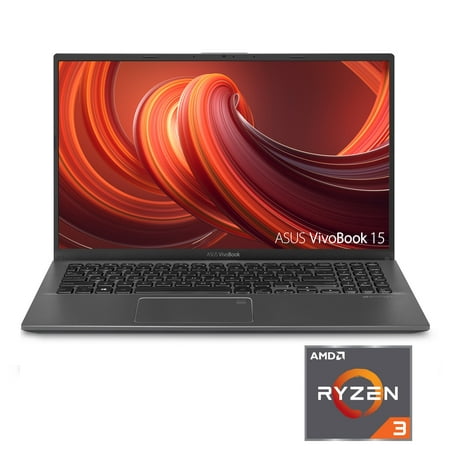Razer Blade 15 Advanced 15.6″ 300Hz Gaming Laptop i7-10875H 16GB 512GB RTX2070S
8-Cores 10th Gen Intel Core i7 processor. 16GB 2933MHz Dual-Channel Memory (upgradeable). Get more out of your viewing experience with a thin, 15.6” edge-to-edge display that offers minimal bezel distraction. Ultra-thin Unibody Aluminum Frame. Per Key RGB Lighting.
Razer Blade 15 Advanced 15.6″ 300Hz Gaming Notebook – Display: 15.6″ Full HD 300Hz LCD-TFT – Processor: 10th Gen Intel® Core™ i7-10875H, 2.3GHz / 5.1GHz – Graphics: NVIDIA® RTX 2070 SUPER™ Max-Q Design 8GB DDR6 – Memory: 16GB DDR4-2933MHz (2x 8GB) – Storage: 512GB SSD (M.2 NVMe PCIe 3.0 x4) – Ports: Thunderbolt 3 (USB-C), UHS-III SD Card Reader, 3x USB3.2 Gen2, 1x USB-C 3.2 Gen2, HDMI 2.0B – Network: Intel Wireless-AX201 + BT 5 – Windows 10 Home – RZ09-03304E42-R3B1 – 12 Months Limited Warranty
| · 8-Cores 10th Gen Intel Core i7 processor |
| · 16GB 2933MHz Dual-Channel Memory (upgradeable) |
| · Get more out of your viewing experience with a thin, 15.6” edge-to-edge display that offers minimal bezel distraction. |
| · Ultra-thin Unibody Aluminum Frame |
| · Per Key RGB Lighting |
More Power. More Cores. More Frames.
Meet the new Razer Blade 15— crafted for those who demand more.
We’re talking more power with an available 8-Core 10th Gen Intel® Core™ i7 processor, up to 25% faster graphics with NVIDIA® GeForce RTX SUPER™, and up to 300Hz FHD matte displays for an obscene competitive advantage in high-FPS games.
Additional information
| Model | RZ09-03304E42-R3B1 |
|---|






by Mike
Superb build quality and stylish design, Solid Full HD performance, Bright and colourful display, Generous configuration options
by John
The 2020 Razer Blade 15 Advanced Edition combines some of the most powerful laptop components available with a slick all-metal design that stands above the rest, though the top configurations are very pricey.
by Sean
Razer packs a lot of computing power into a classy, slim metal case. Thanks to the Core i7-10875H processor and the GeForce RTX 2080 Super Max-Q GPU, the laptop can handle all the latest games. No compromises have to be made in terms of quality settings.
by Gilly
Razer’s all-black-everything approach isn’t getting old, and we’re fully on board with the Blade 15 Advanced.
by Rachel
The Razer Blade 15 Advanced continues to be the benchmark for all gaming laptops; power and performance meets quality design and build. Again.
by Nola
The Razer Blade 15 returns this year with even more power and speed without sacrificing any of its portability.